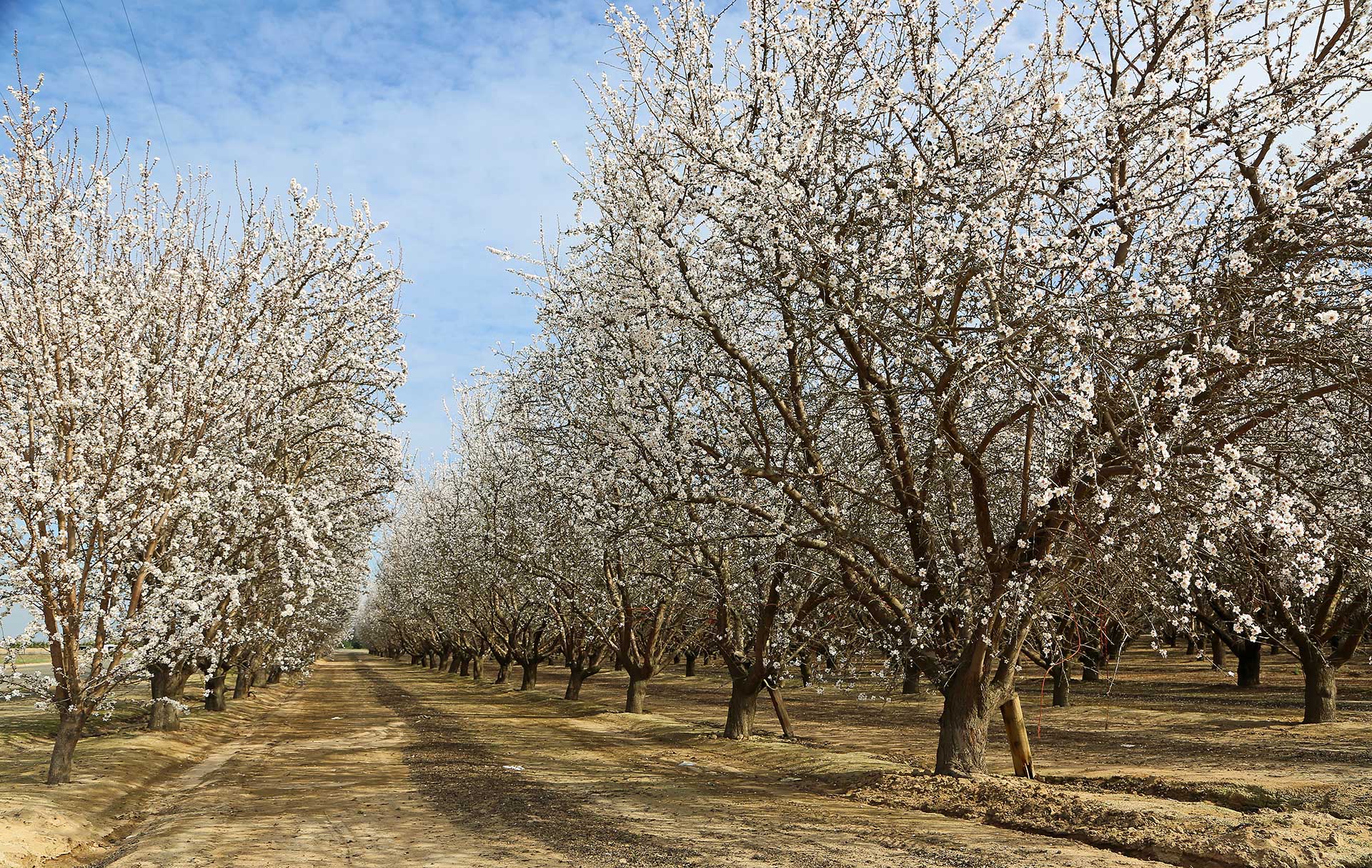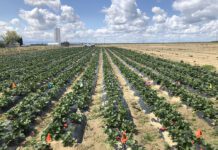There is a new approach to integrated pest management said Dr. Surendra K. Dara, University of California Cooperative Extension (UCCE) entomology and biological advisor and speaker at the inaugural Crop Consultant Conference. The Journal of Integrated Pest Management published Dara’s work on The New IPM Paradigm for the Modern Age earlier this year.
In his paper, Dara writes that the concept of IPM is not new and has historically been based on ecological and economic aspects of pest management. The new model, Dara said, is expanded to include management, business, and sustainability while emphasizing the importance of research and public outreach. The new IPM model is economically viable, environmentally sustainable and socially acceptable.
Balanced Ecology with Economics
Dara said that traditionally, IPM has balanced ecology with economics. The shift places more emphasis on ecology. Pest management decisions have to make economic sense, he said, but now there are more factors involved in pest management strategies. New technology, better communication tools, changing consumer trends, public awareness of food production systems and globalization of trade and travel are all drivers of the change.
There are four major components in the new IPM model address various pest management options, the knowledge, and resources the grower has to address the pest issue, planning and organization of information to take appropriate management actions, maintaining good communication and disseminating that information about pests and management.
New IPM Model
The new IPM model acknowledges that management rather than control of pests presents a more balanced approach. Preventing economic loss is preferable to eradication or elimination of a pest—with the exception of new invasive species. Knowledge of management options for pests is important as some are preventive and others are curative.
Dara notes that common control options that can be used in different stages of crop production to prevent or reduce or treat pest infestation are host plant resistance, cultural control, biological control, behavior control, physical or mechanical control, microbial control and chemical control. These options are not feasible in all crops, but can be effective in a specific crop.
Host plant resistance is a strategy that involves use of plant cultivars that are bred to be resistant or tolerant to pests or diseases. The cultivars can have physical, morphological or biochemical characteristics that reduce their attractiveness to pests. This option is the first line of defense in IPM, Dara said.
Cultural control is the use of best practices to ensure plant health. Practices include irrigation management, optimizing plant nutrition, strategic planting or harvest dates to help avoid or reduce pest infestations. Crop rotation is one example where planning non-host or tolerant crops will break the pest cycle and avoid build up of numbers. Inter cropping or non-host plants or trap plants can also help reduce pest damage.
Biological control uses natural enemies of pests and can cause significant reduction in pest populations. Avoiding practices that reduce numbers of pest enemies is also part of biological control. Release of irradiated sterile insects to inhibit reproduction of the target pest is another example of biological control.
Behavior control takes advantage of a pest insects’ attraction to certain colors, lights, odors of attractants or pheromones. Mating disruption uses pheromone lures to confuse adult insect pests and reduce mating potential and eventually reduce overall pest numbers.
The physical or mechanical approach to pest management involves netting to protect crops, hand removal or vacuuming of target pests from crops, steam or solarization of ground to suppress soil pests and devices that deter pest birds from damaging crops.
Microbial control makes use of bacteria, fungi, nematodes or viruses to control arthropod pests, parasitic nematodes and plant pathogens.
Chemical control includes use of both synthetic chemical pesticides and chemicals of botanical origin. Dara noted that both types possess many human and environmental safety risks and all need careful consideration and application to avoid potential health risks. Pests can also develop resistance to pesticides if they are over used.
Dara said that knowledge of pest control options, pest biology and damage potential enables growers to make decisions that will work for them. He stressed that successful IPM implementation is limited by growers’ lack of sufficient information about control options and knowledge of appropriate control options. It is also critical that growers can identify the pest, understand its biology and vulnerability of each life stage among other things to identify an effective control strategy.
With more regulations on pesticide use and a reduction in the number of active ingredients in some crops, Dara said that there is more emphasis on better understanding of available pest control options.
The planning and organization component of the new IPM model deals with data collection, organization and actual actions against pest infestations.
Regular monitoring of a crop, Dara said, is a basic step in crop protection as early detection can save control costs. Monitoring or scouting can be labor intensive, but Dara noted that drone–assisted aerial imagery can improve efficiency and precision in managing pests.
Good communication, the final component, calls for use of modern communication tools used to spread information about agricultural pests, emerging threats and new control strategies. Dara said that growers and pest control advisors should stay informed about existing and emerging pests and management options. Communication should not only be among growers, but also with the public. This sector is influenced by marketing and lacks knowledge of food production systems.
Communication with the public will help with their understanding of and preference for different food production systems and it will also influence policy and regulatory decisions. Dara wrote that if growers implement good IPM strategies to produce safe food and consumers are aware of this practice then sellers would be able to market what informed consumers demand. He said Extension has traditionally focused on grower education, but public education about the importance of IPM can have a significant influence on the way food is produced.
Dara said the new IPM model provides a template for focusing on different areas of the IPM paradigm and encourages collaboration. The new model is expected to guide IPM strategies worldwide to develop and implement sustainable agricultural practices to ensure profitability for the growers, affordability for the consumers and food security to the growing world population.

Cecilia Parsons
Cecilia Parsons has lived in the Central Valley community of Ducor since 1976, covering agriculture for numerous agricultural publications over the years. She has found and nurtured many wonderful and helpful contacts in the ag community, including the UCCE advisors, allowing for news coverage that focuses on the basics of food production.
She is always on the search for new ag topics that can help growers and processors in the San Joaquin Valley improve their bottom line.
In her free time, Cecilia rides her horse, Holly in ranch versatility shows and raises registered Shetland sheep which she exhibits at county and state fairs during the summer.
















